Mechanical inspection checklists are a crucial tool for ensuring safety, efficiency, and compliance with regulatory standards. By systematically evaluating the key components of mechanical systems, these checklists help identify any potential issues, allowing for timely maintenance and repairs. In this article, we will explore the importance of mechanical inspection checklists, the key components they cover, and the steps involved in creating a comprehensive checklist.
We will also discuss how to effectively utilize these checklists during inspections and the subsequent interpretation and action planning based on the test results.
Mechanical Engineering And Inspections
Ensuring Safety and Efficiency:
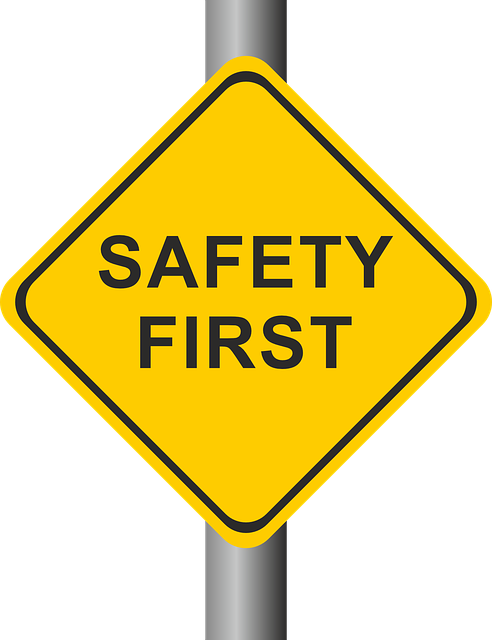
One of the primary goals and purpose of a mechanical engineering and inspection checklist is to ensure the safety of personnel and the efficient operation of equipment. By systematically examining all mechanical systems, potential hazards can be identified and promptly addressed, minimizing the risk of accidents or malfunctions.
When it comes to safety, there is no room for compromise. A comprehensive mechanical test and inspection checklist covers all aspects of the equipment, from the smallest components to the largest machinery. It takes into account not only the functionality of the equipment but also the condition of its various parts.
A good checklist will provide clear questions, instructions, essential knowledge, and often provide defined answers.
By conducting regular inspections, organizations can identify any wear and tear, corrosion, or other signs of deterioration that may compromise the safety and efficiency of the equipment.
Compliance with Regulatory Standards:

Regulatory bodies often require periodic inspections to ensure that mechanical systems and materials meet specific standards. By adhering to these regulations, organizations can demonstrate their commitment to safety and avoid potential penalties or legal complications.
Regulatory standards are put in place to protect both the workers and the environment. They provide guidelines for the design, installation, operation, and maintenance of mechanical systems. By following these standards, organizations can ensure that their equipment is in compliance with industry best practices and that it operates safely and efficiently.
Moreover, compliance with regulatory standards is not just about avoiding penalties or legal complications. It is also about building trust and credibility with stakeholders. When organizations can demonstrate that they are committed to meeting and exceeding safety standards, they instill confidence in their employees, customers, and the general public.

Additionally, adhering to regulatory standards can also have financial benefits. By maintaining equipment in compliance with these standards, organizations can prevent costly breakdowns, reduce downtime, and extend the lifespan of their machinery. This, in turn, leads to increased productivity, reduced maintenance costs, and improved overall operational efficiency.
Key Components of Mechanical Systems
Inspection of Mechanical Systems
One of the main focuses of a mechanical inspection checklist is the thorough examination of all mechanical systems. This involves assessing the performance and condition of mechanical engineering, such as engines, motors, pumps, and valves.
Checking for Wear and Tear
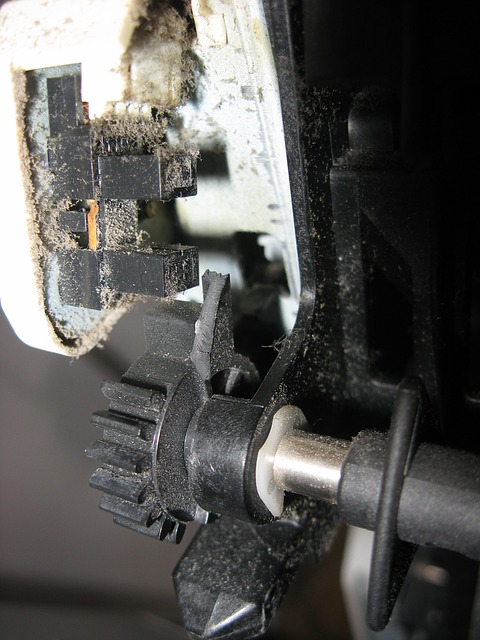
Identifying any signs of wear and tear is vital to prevent unexpected breakdowns and maintain operational efficiency. This includes inspecting belts, gears, bearings, and other moving parts for excessive wear or damage.
Evaluating Operational Efficiency
An efficient mechanical system is key to optimizing productivity and reducing energy consumption. A comprehensive checklist should include evaluating factors such as fuel efficiency, noise levels, vibration, and cooling capacity.
Engines
When inspecting engines, it is important to check for any leaks or unusual noises. Additionally, examining the condition of the engine’s components, such items as the pistons, cylinders, and crankshaft, can provide valuable information and insights into its overall health and performance.
Electric Motors

Electric motors play a crucial role in many mechanical systems. During an inspection, it is essential for mechanics to examine the motor’s electrical connections, insulation materials, and brushes. Testing the motor’s performance under different loads can also help mechanics identify any issues that may affect its efficiency.
Pumps
Pumps are responsible for moving fluids within mechanical systems. When inspecting pumps, it is important to check for leaks, corrosion, and excessive vibration. Additionally, evaluating the pump’s flow rate and pressure can help determine if it is operating within the desired parameters.
Valves
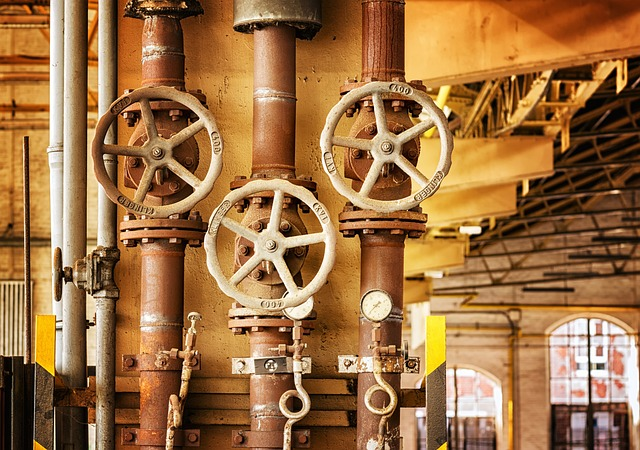
Valves control the flow of fluids within a vehicle and mechanical systems. During an inspection, it is crucial to check for any leaks, corrosion, or blockages in the valves. Testing the valve’s opening and closing mechanisms can also help ensure proper functionality.
Belts
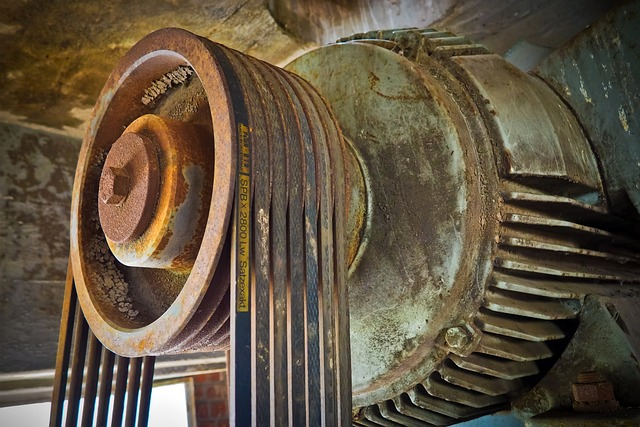
Belts are commonly used to transfer power between different components in mechanical systems. Inspecting belts for signs of wear, such as cracks or fraying, is essential to prevent unexpected failures. It is also important to check the belt tension and alignment to ensure optimal performance.
Gears
Gears are used to transmit motion, force, and power within mechanical systems. During an inspection, it is important to check for any signs of wear, such as chipped or worn teeth. Additionally, examining the gear’s lubrication can help identify any issues that may affect its efficiency.
Bearings
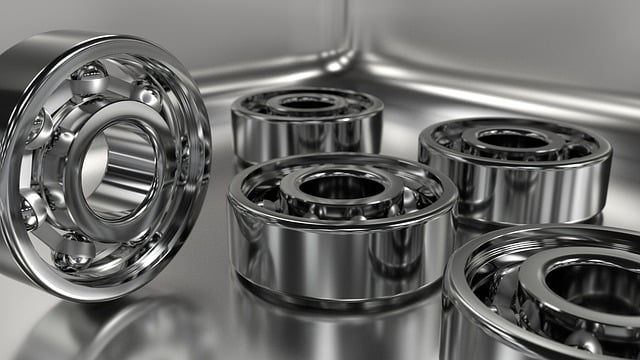
Bearings are crucial for reducing friction and supporting rotating components. Inspecting bearings for signs of wear, such as excessive play or noise, is essential to prevent premature failure. It is also important to check the bearing’s lubrication and temperature to ensure proper functioning.
Fuel Efficiency
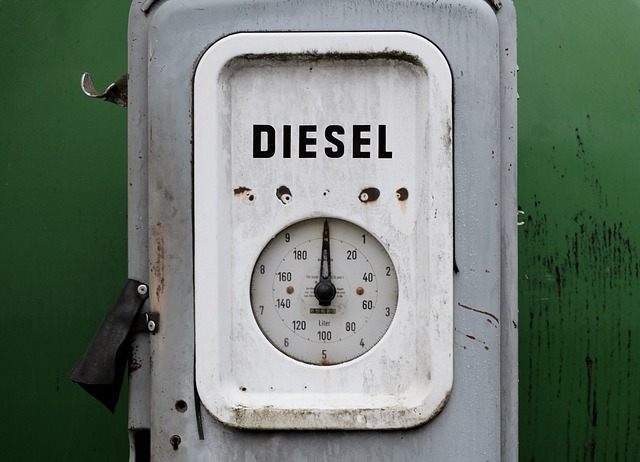
Assessing the fuel efficiency of mechanical systems can help identify potential areas for improvement. This may involve measuring fuel consumption over a specific period and comparing it to the system’s rated efficiency. Analyzing the results can provide insights into the system’s overall performance and potential energy-saving opportunities.
Noise Levels
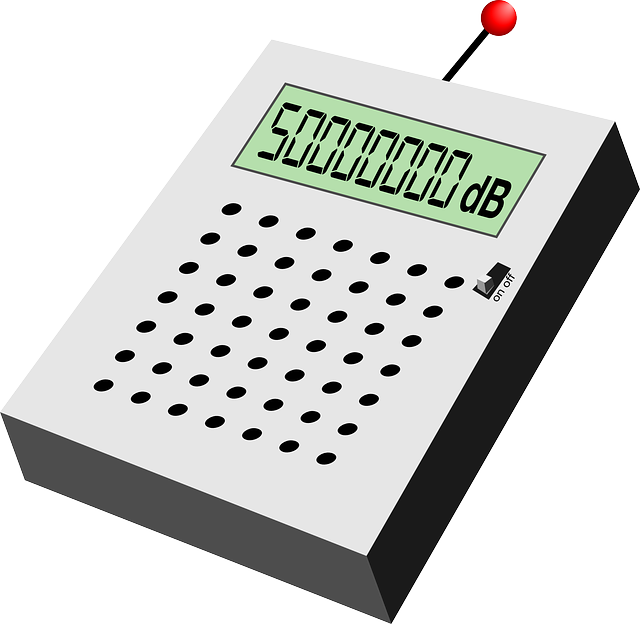
Noise levels can indicate the condition of mechanical systems. Excessive noise may be a sign of worn-out components or improper functioning. During an inspection, it is important to measure and evaluate the noise levels produced by the system to ensure a safe and comfortable working environment.
Vibration

Vibration can be an indicator of mechanical issues within a system. Excessive vibration can lead to premature wear and failure of components. During an inspection, it is important to measure and analyze information regarding the vibration levels of the system to identify any potential problems and take appropriate corrective actions as required.
Cooling Capacity
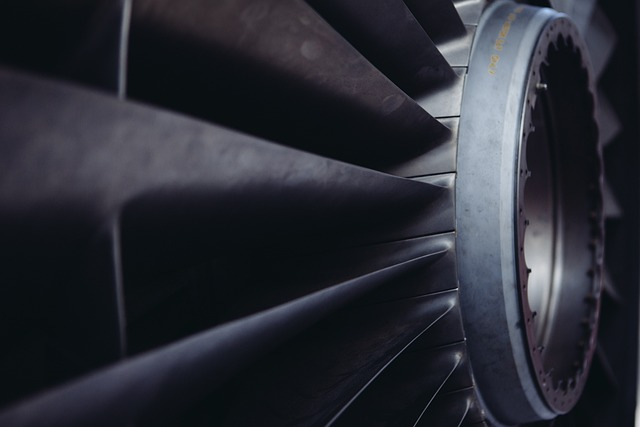
Proper cooling is essential for maintaining the optimal performance of mechanical systems. During an inspection, it is important to evaluate the cooling capacity of the system, including checking the functionality of cooling fans, radiators, and heat exchangers. Assessing the temperature of critical components can also help identify any cooling-related issues.
Steps to Create a Comprehensive Checklist
Creating a comprehensive checklist is an important step in ensuring the efficiency and reliability of your mechanical engineering systems. By following a systematic approach, you can identify potential issues and address them before they become major problems. Here are some detailed steps to help you create an effective checklist:
Identifying the Scope of Inspection
Prior to creating a mechanical inspection checklist, it is essential to clearly define the scope of the unit under inspection. This involves considering various factors such as the size and complexity of the mechanical systems, the specific regulatory requirements, and any previous maintenance records. By understanding the scope, you can ensure that all relevant areas are covered during the inspection.
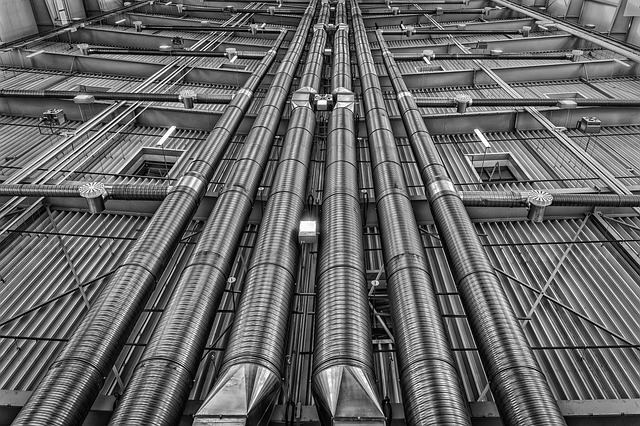
For example, if you are inspecting a large industrial facility or office, you may need to focus on specific areas such as HVAC systems, electrical equipment, or plumbing systems. On the other hand, if you are inspecting a residential home, you may need to consider different aspects such as heating and cooling systems, water supply, and safety features.
Detailing Inspection Criteria

Developing a detailed list of criteria is crucial for a comprehensive inspection. This list should include specific checkpoints and measurements that will help identify any deviations from the desired performance standards. By having clear criteria, you can ensure consistency in the inspection process and make accurate assessments.
For instance, if you are inspecting an HVAC system, you may choose to have questions that include criteria such as checking the airflow, temperature control, and overall system efficiency. Similarly, if you are inspecting a computer or electrical equipment, you may include criteria such as checking the computer for loose connections, proper grounding, and compliance with safety regulations.
Setting Frequency and Timing of Inspections

Determining the required frequency of inspections is another important aspect of creating a comprehensive checklist. The frequency will depend on your knowledge of various factors such as the characteristics of the mechanical systems, their operational demands, and relevant regulations.
Additionally, you may need to consider any seasonal variations or specific periods of higher traffic or equipment usage. For example, if you are inspecting a commercial building with heavy machinery, you may find you need to conduct inspections more frequently to ensure optimal performance and prevent any potential breakdowns.
On the other hand, if you are inspecting a residential property, inspections may be scheduled annually or biannually, depending on the circumstances and the type of materials in use, or the age and condition of the mechanical systems.
By setting the frequency, type and timing of inspections, you can establish a proactive maintenance approach and minimize the risk of unexpected failures or costly repairs.
Utilizing A Mechanical Inspection Sheet
Conducting the Inspection:
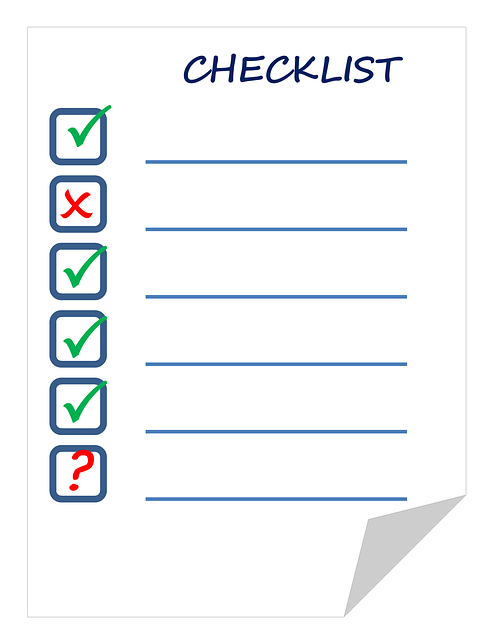
During the inspection, follow the checklist systematically, examining each component thoroughly.
Make detailed observations and collect relevant data to accurately assess the condition and performance of the mechanical systems.
Interpreting and Recording Results
After completing the inspection, carefully analyze the gathered data and observations to interpret the results. This will help identify any potential issues or areas in need of improvement.
Record all findings in a clear and organized manner for future reference.
Implementing Necessary Repairs or Changes
Based on the inspection results, prioritize and plan any necessary repairs or changes. Address critical issues promptly to prevent further damage or risks. Develop a maintenance schedule and ensure that all recommended actions are completed within the specified time frame.
To Sum Up: Creating a Mechanical Inspection Checklist

By creating and effectively utilizing a mechanical inspection checklist, organizations can enhance safety, optimize efficiency, and comply with regulatory standards. Regular inspections, coupled with timely maintenance and repairs, minimize the risk of accidents, prolong equipment lifespan, and improve overall productivity. Invest the necessary time and resources into creating a comprehensive checklist tailored to your specific requirements, and reap the benefits of a well-maintained mechanical system.
Thanks for reading our ‘Creating a Mechanical Inspection Checklist’ article, you might like to also read:
The Brightchecker BSRIA Generic Plant Assessment Checklist and Report
See more Helpful Content
Visit our Homepage
